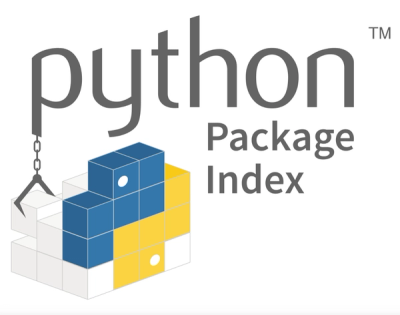

panda3d-simplepbr
A straight-forward, easy-to-use PBR render pipeline for Panda3D.
This project aims to be a drop-in replacement for Panda3D's auto-shader.
The PBR shader is heavily inspired by the Khronos glTF Sample Viewer.
Note: this project does not make an attempt to match a reference renderer.
Features
- Supports running on a wide range of hardware with an easy OpenGL 2.1+ requirement
- Forward rendered metal-rough PBR
- All Panda3D light types (point, directional, spot, and ambient)
- Filmic tonemapping
- Normal maps
- Emission maps
- Occlusion maps
- Basic shadow mapping for DirectionalLight and Spotlight
- Post-tonemapping color transform via a lookup table (LUT) texture
- IBL diffuse and specular
Installation
Use pip to install the panda3d-simplepbr package:
pip install panda3d-simplepbr
To grab the latest development build, use:
pip install git+https://github.com/Moguri/panda3d-simplepbr.git
Usage
Just add simplepbr.init() to your ShowBase instance:
from direct.showbase.ShowBase import ShowBase
import simplepbr
class App(ShowBase):
def __init__(self):
super().__init__()
simplepbr.init()
The init() function will choose typical defaults, but the following can be modified via keyword arguments:
render_node
: The node to attach the shader too, defaults to base.render if None
window
: The window to attach the framebuffer too, defaults to base.win if None
camera_node
: The NodePath of the camera to use when rendering the scene, defaults to base.cam if None
msaa_samples
: The number of samples to use for multisample anti-aliasing, defaults to 4
max_lights
: The maximum number of lights to render, defaults to 8
use_normal_maps
: Use normal maps to modify fragment normals, defaults to False (NOTE: Requires models with appropriate tangents defined)
use_emission_maps
: Use emission maps, defaults to True
use_occlusion_maps
: Use occlusion maps, defaults to False (NOTE: Requires occlusion channel in metal-roughness map)
enable_shadows
: Enable shadow map support, defaults to True
shadow_bias
: A global bias for shadow mapping (increase to reduce shadow acne, decrease to reduce peter-panning), defaults to 0.005
enable_fog
: Enable exponential fog, defaults to False
exposure
: a value used to multiply the screen-space color value prior to tonemapping, defaults to 1.0
use_330
: Force shaders to use GLSL version 330 (if True) or 120 (if False) or auto-detect if None, defaults to None
use_hardware_skinning
: Force usage of hardware skinning for skeleton animations or auto-detect if None, defaults to None
sdr_lut
: Color LUT to use post-tonemapping
sdr_lut_factor
: Factor (from 0.0 to 1.0) for how much of the LUT color to mix in, defaults to 1.0
env_map
: An EnvMap or cubemap texture path to use for IBL, defaults to None
calculate_normalmap_blue
: Calculate the blue channel (Z-axis) for a normal map in the shader (allows saving memory/bandwidth by using 2 channel normal maps), defaults to True
Those parameters can also be modified later on by setting the related attribute of the simplepbr Pipeline returned by the init() function:
pipeline = simplepbr.init()
...
pipeline.use_normals_map = True
Textures
simplepbr expects the following textures are assigned to the following texture stages:
- BaseColor - Modulate
- MetalRoughness - Selector
- Normals - Normal
- Emission - Emission
Example
For an example application using panda3d-simplepbr check out the viewer in the panda3d-gltf repo.
Running Tests
First install panda3d-simplepbr in editable mode along with test extras:
pip install -e .[test]
Then run the test suite with pytest:
pytest
Building Wheels
Install build:
pip install --upgrade build
and run:
python -m build
License
B3D 3-Clause




